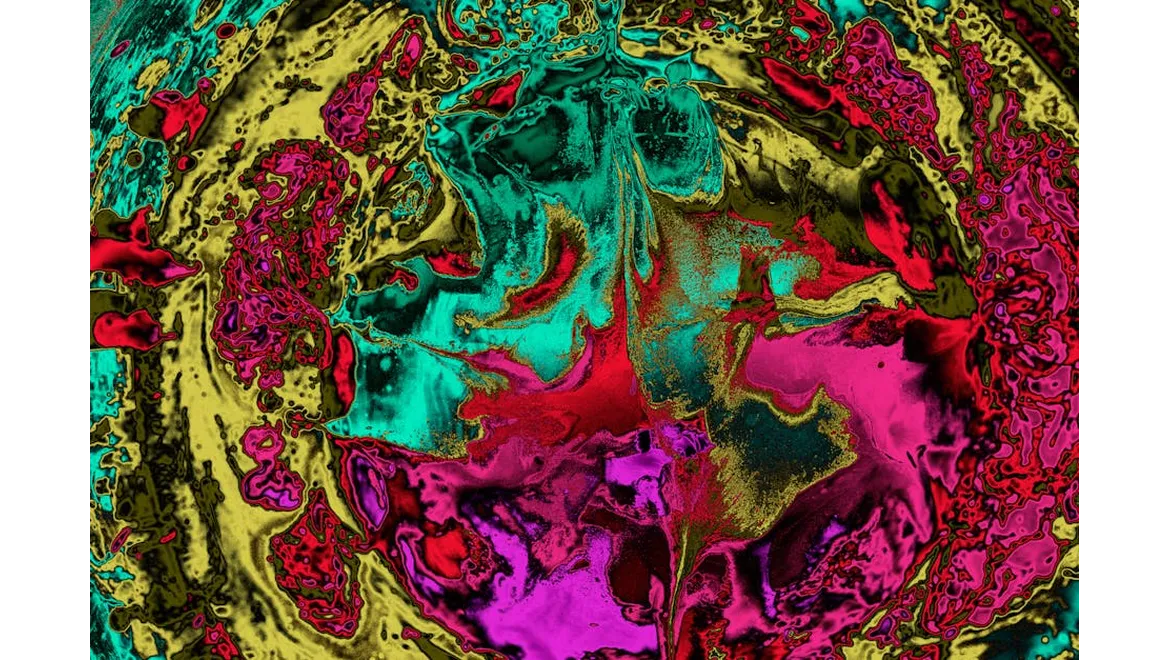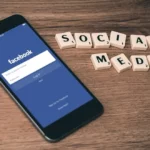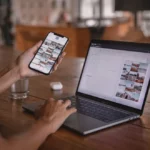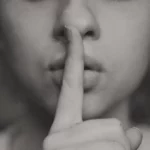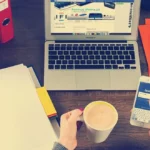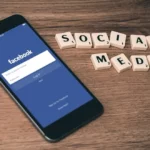I remember the first time I truly understood the importance of aesthetics in user experience. It was a few years ago when I was working on a website redesign project for a local boutique. At the time, I naively thought that functionality was all that mattered. However, I quickly learnt that attractive visuals are just as essential, if not more so, in engaging users and driving conversions.
The Attraction Principle
When you first land on a website, what grabs your attention? More often than not, it’s the visuals. The same principle applies to other forms of media as well, like printed brochures or even social media posts. Humans are inherently visual creatures. Studies have shown that people form first impressions about your website within 50 milliseconds, based largely on its visual appeal.
In my project, the boutique’s original site was functional but bland. After conducting some research, I decided to revamp the aesthetic elements. We introduced high-quality images, a cohesive colour scheme, and modern typography. Almost immediately, the bounce rate decreased, and user engagement metrics showed significant improvement.
Crafting a Cohesive Visual Identity
One of the first steps in enhancing the visual appeal is to establish a cohesive visual identity. This includes everything from the colour palette and fonts to the types of images and icons you use.
For the boutique, we chose pastel colours that resonated with its brand identity and target audience. We also selected fonts that were both elegant and easy to read. Consistency is key here. Sticking to a cohesive visual identity makes your website look professional and trustworthy.
To replicate this process, start by defining your brand’s core attributes. Are you aiming for a modern, edgy look or a classic, timeless feel? Tools like Adobe Colour can help you select a harmonious colour palette, while Google Fonts offers a wide range of typefaces to choose from. Once you’ve defined your visual identity, apply it consistently across all pages.
Leveraging High-Quality Imagery
High-quality images can make or break a website. They are not just decorative; they serve a functional purpose by providing context and reinforcing your message.
For our boutique website, we invested in professional photography. We showcased not only the products but also the store’s ambience and some behind-the-scenes shots. This added a personal touch and created a stronger connection with the users.
If you’re working on a budget, there are many free stock photo websites like Unsplash and Pexels that offer high-quality images. However, custom photography is always preferable if you can afford it.
The Psychology of Colour
Colours are more than just a visual element; they have psychological impacts that can influence user behaviour. For example, blue is often associated with trust and reliability, while red can evoke excitement and urgency.
We used these psychological principles to our advantage in the boutique project. Pastel pinks and greens were chosen to create a calming and inviting atmosphere, which aligned with the boutique’s branding.
To implement this in your project, consider the emotional responses you want to evoke in your users. Make sure to balance your primary and accent colours to guide the user’s attention effectively.
Typography Matters
Typography is another crucial aspect that often gets overlooked. The right fonts not only make your content more readable but also convey your brand’s personality.
For the boutique, we chose a serif font for headings to give a touch of elegance and a sans-serif font for the body text to ensure readability. The contrast between the fonts created a visually appealing hierarchy that guided users through the content seamlessly.
To choose the right fonts for your website, consider using tools like Font Pair, which helps you find harmonious font combinations. Always test readability on different devices to make sure your typography enhances the user experience rather than detracting from it.
Conversion-Optimised Design
Finally, the ultimate goal of enhancing your website’s aesthetics is to drive conversions. A well-designed website can guide users through a seamless journey from landing page to checkout.
We implemented clear call-to-action buttons and strategically placed them where users were most likely to click. The use of contrasting colours for these buttons ensured they stood out, making it easy for users to take the desired action.
To replicate this, use heat mapping tools like Hotjar to understand where users are clicking and place your call-to-action buttons accordingly. Ensure that your design is not only visually appealing but also functional and user-friendly.
As I wrap up my insights, it’s clear that attractive visuals play an indispensable role in enhancing user experience and driving conversions. From creating a cohesive visual identity and leveraging high-quality imagery to understanding the psychology of colour and choosing the right typography, each element contributes to a more engaging and effective website.
So, the next time you’re working on a project, remember: It’s not just about how it works, but also about how it looks. Aesthetics matter, and they could be the key to your website’s success.

